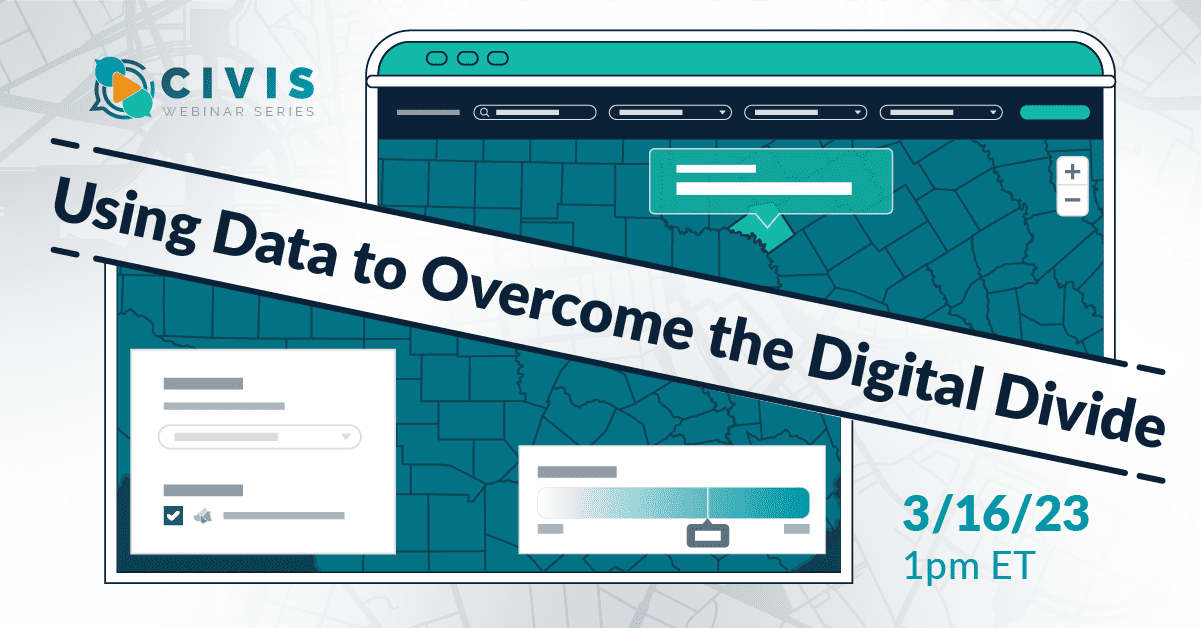When Supreme Court Justice Steven Breyer announced his retirement, he commanded far more media attention than might be expected for a man known to fewer than half of U.S. adults (46%). As President Biden considers his choice for the next Supreme Court justice nominee, Civis Analytics surveyed 1,882 U.S. adults from January 28–31, 2022, to understand perceptions of the current court and what considerations are important in choosing a nominee.



